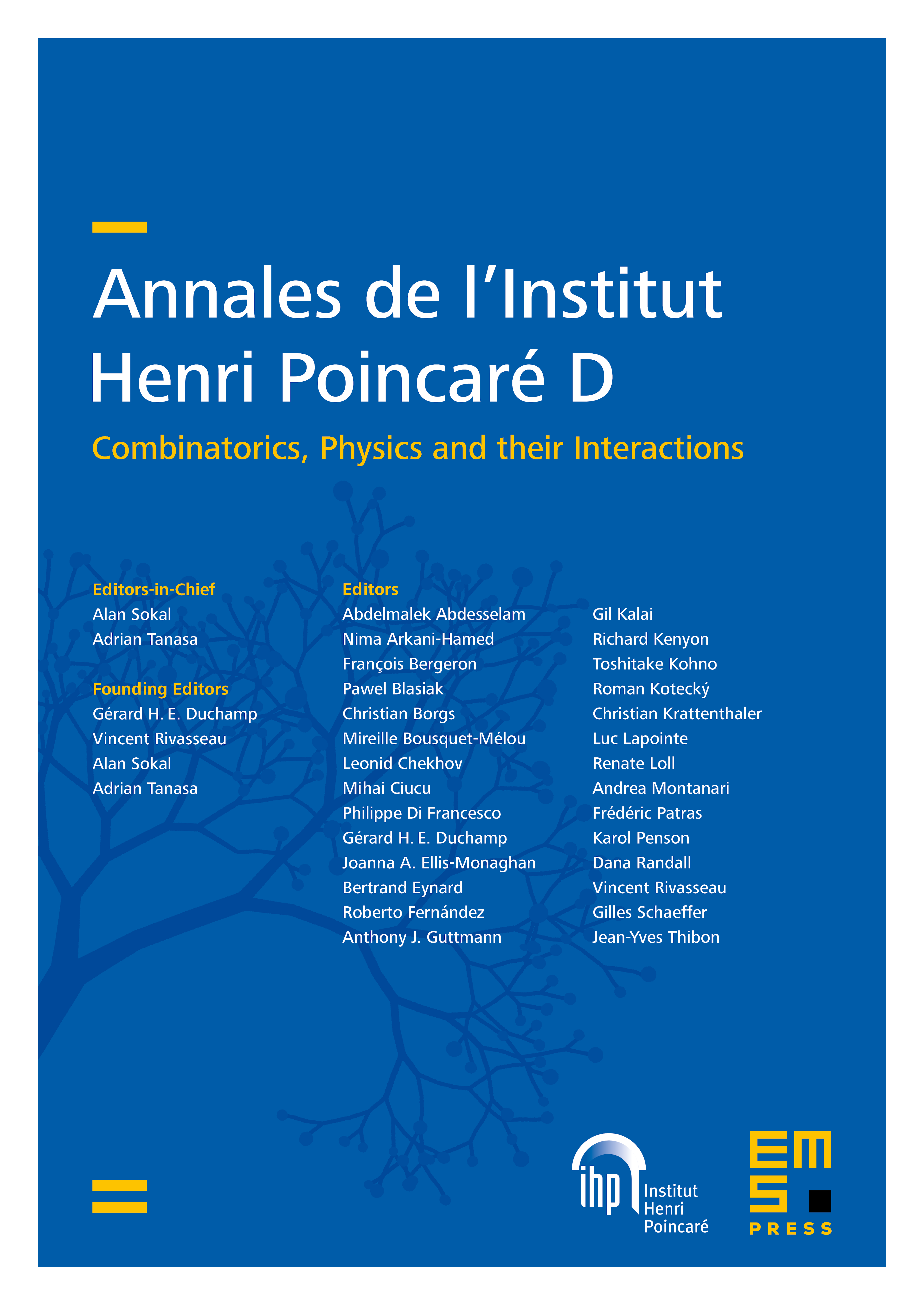Polynomial degeneracy for the first energy levels of the antiferromagnetic Ising model
Andrea Jiménez
Universidad de Valparaíso, Chile

Abstract
In this work, we continue our investigation on the antiferromagnetic Ising model on triangulations of closed Riemann surfaces. On the one hand, according to R. Moessner and A. P. Ramirez [11], the antiferromagnetic Ising model on triangulations exhibits geometrical frustration, a well-studied concept in condensed matter physics. Typical geometrically frustrated systems present an exponential ground state degeneracy. On the other hand, the dual graph of a triangulation of a closed Riemann surface is a cubic graph. Cubic bridgeless graphs have exponentially many perfect matchings [3, 5], which implies in the case of planar triangulations, an exponential ground state degeneracy. However, this phenomenon does not persist for triangulations of higher genus surfaces.
A possible explanation for a geometrically frustrated system with a low ground state degeneracy is that exponentially many states exist at a low energy level. In this work, we constructively show that this explanation does not match with the behavior of all triangulations of closed Riemann surfaces. To be more specific, for each integer , we construct a collection of triangulations of a fixed closed Riemann surface with the property that the degeneracy of each of the first energy levels of is a polynomial in the order of .
Cite this article
Andrea Jiménez, Polynomial degeneracy for the first energy levels of the antiferromagnetic Ising model. Ann. Inst. Henri Poincaré Comb. Phys. Interact. 8 (2021), no. 2, pp. 201–212
DOI 10.4171/AIHPD/101